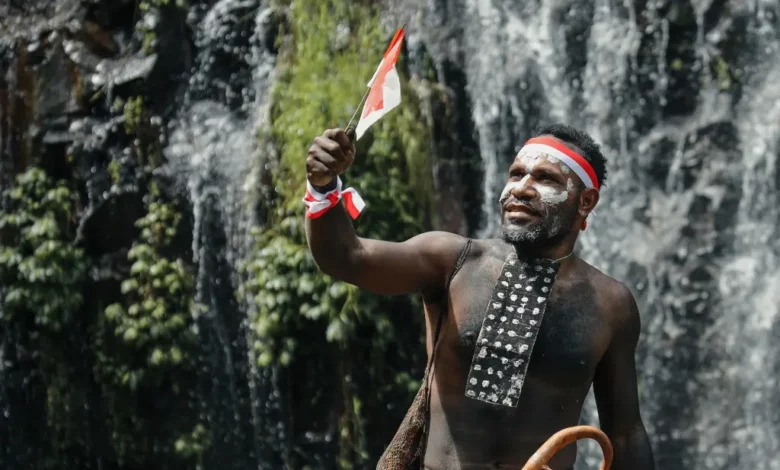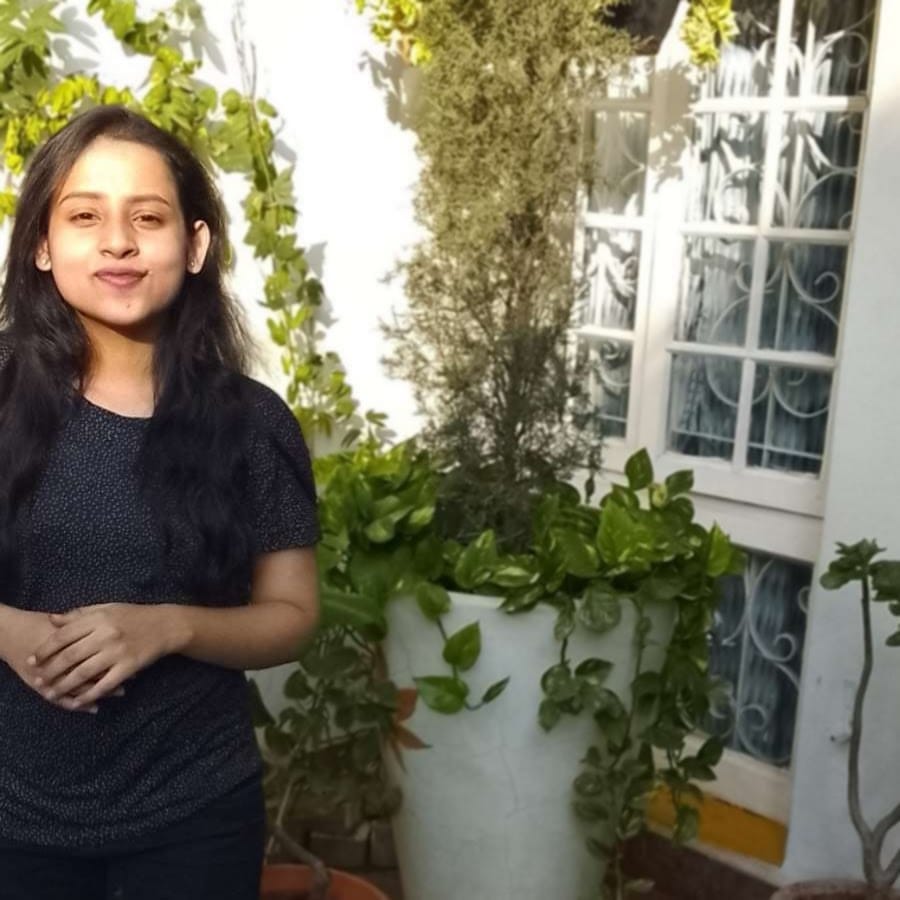
Despite the world’s fast modernization and globalisation, some tribes have been able to maintain their conventional ways of life. Tribal communities exist all across the world, each with its own distinctive rituals, ideologies, and approaches to life. These communities continue to interest and amaze people with their unique cultures and practises, whether they are found in the secluded forests of the Caribbean or the rough mountains of Africa. In this article, we’ll look into and learn about some of the most fascinating tribes around the world.
Himba Tribe
The Himba tribe, residing in the northern region of Namibia (formerly known as Kaokoland) and the southern region of Angola, represents an indigenous community. Notably, the Himba tribe is recognised as the last remaining semi-nomadic group in Namibia. The Himba community has been observed to practise polygyny, with an average of two matrimonial partners per male. What sets this tribe apart from others is their unconventional lifestyle, as evident in their customary garments, intricate hairstyles, and the use of a concoction comprising ochre, animal fat, and butter for body paint.
Gond Tribe
The Gond tribe, spread across the Deccan Peninsula of India, boasts a culturally rich tradition of arts and crafts, such as pottery, basket weaving, body tattoos, and floor paintings. Additionally, the Gond people are adept at crafting musical instruments, a testament to their artistic prowess. The Gond tribe is multilingual, with members speaking Hindi, Marathi, Telugu, Tamil, Kannada, and other languages. Their diverse linguistic skills are indicative of their cultural diversity and adaptability. This tribe is further subdivided into four clans, namely the Raj Gonds, Madia Gonds, Dhurve Gonds, and Khatulwar Gonds. They hold a strong belief that the elements of earth, water, and air are under the rule of divinities. Gonds also have a unique culinary tradition with two kinds of millet, kodo and kutki, as their staple food.
Sentinelese Tribe
The North Sentinel Island, situated away from major shipping routes, is encompassed by a shallow reef with no innate harbours, making it difficult for outsiders to access. In November 2018, an American named John Allen Chau lost his life at the hands of members of the Sentinelese tribe, which is known to be the most isolated community in the world. This incident garnered a great deal of attention and piqued the interest of millions across the globe, as the Sentinelese continue to remain an enigma due to their extremely reclusive nature.
Jarawa Tribe
The Jarawa tribe has a long-standing history as traditional hunter-gatherer-fishermen, and they are recognized as an Adivasi group in India. Descended from the Jangil tribe, the Jarawas follow strict monogamous practices, although it is common for them to enter subsequent marriages. This tribespeople typically move in groups, surveying potential locations for pigs in the jungle. Despite their remote location and distinct lifestyle, the Jarawas have been observed and studied, shedding light on their unique cultural practices and way of life.
Bhil Tribe
Their name, “Bhil,” is derived from the word “billu,” which means “bow,” and they are renowned for their phenomenal archery abilities. There are numerous tribes and subtribes within the Bhil community, including the Barela, Bhilala, Garasia, Gameta, Mina, Tadvi, and Vasave. They are mainly found in the southern Rajasthani hills and forests as well as close to western Indian regions. Known for their strong sense of independence, the Bhil tribe has had some members engage in brigandage. The vast majority of Bhil people worship local deities in various pantheons. However, a tiny number of aristocratic groups, including the Bhilala, practise ancestor adoration. Men in Bhil wear long frocks and pyjamas, while ladies wear traditional saris.
Maasai Tribe
The Upper Nile Valley is the place of the Maasai’s origin, and they are considered a Nilotic ethnic group. While many “modern” Maasai continue to speak Maa, they additionally speak Swahili, which is mainly used in Tanzania. With cattle serving as the foundation of their economic and social structure, the Maasai people have long enjoyed a close bond with their animals. Therefore, cattle are treasured by the Maasai people and play a big part in their religious beliefs. The Maasai people practice monotheism, and their god, known as Engai or Enkai, is thought to have created the entire world.
Also read Importance of Environment to Humans | 5 Global Laws to Protect Environment Rights that every Indian citizen needs to know
Lokota Tribe
A group of Native Americans known as the Lakota is made up of seven subtribes, including the Oglala, Sicangu, Oohenunpa, Itazipco, Hunkpapa, Sihasapa, and Mnicowojou. The Tetons, Sioux, and Dakota are other historical names for them. The Wakpamni Lake community on the Pine Ridge Reservation in South Dakota comes together each year for the Sun Dance. They refer to the natural world around them, but interestingly, they do not employ the words “nature,” “environment,” or “ecology” in their language. Instead, individuals use their own special perspectives to comprehend and interact with the natural environment.
Santhal Tribe
The Santhal ethnic group, which includes inhabitants from Bangladesh and India, is well renowned for having a close bond with the trees that surround their homes. They base their way of life on the forests, since they supply them with necessary materials. The Santali language was added to the eighth schedule of the Indian Constitution in 2003, demonstrating the significance of the Santhal people’s language and culture. The Santhal homes, or “olah,” are famed for their cleanliness and orderliness. Their exteriors are decorated with stunning multicolored paintings. The Santhal people, who often have curly hair, eat rice as their main meal. The Munda language, Santali, is the most extensively spoken and is spoken by the Santhal population.
Cherokee Tribe
One of the biggest tribes in the country, the Cherokee, originated in the southeastern part of the country, which includes Georgia, North and South Carolina, Virginia, Kentucky, and Tennessee. It is notable how many Cherokee live in Oklahoma. Cherokee women predominantly practice the art of basketry, a custom that has been passed down through the generations. Cherokee baskets are typically made from cane, white oak, hickory bark, and honeysuckle. Cherokees commonly practice Christianity, and the tribe is a follower of the Baptist and Methodist churches.
Apache Tribe
Today, Oklahoma, Arizona, and New Mexico are home to the Apache, a Native American tribe. Their name is said to have come from the Spanish transcription of the Zui word for “enemy,” which is “ápachu.” The Apache were a nomadic people that travelled according to the seasons. They operate under a matrilineal system where the mother’s side of the family is valued more highly. The homes of the Apache were wickiups, which were made of grass, skins, and other materials. There are six distinct tribes that make up the broader Apache tribe, each of which may have its own traditions, beliefs, and history. The Apache preferred to live in lofty regions, as evidenced by their residence in high mountains.
Tribal communities around the world have a rich and varied cultural history, with distinctive languages, practices, and beliefs that have been passed down through the years. Recognizing the significance of indigenous communities’ rights and traditions in determining the future of our planet, it is crucial that we continue to support and honor them as we go forward.



